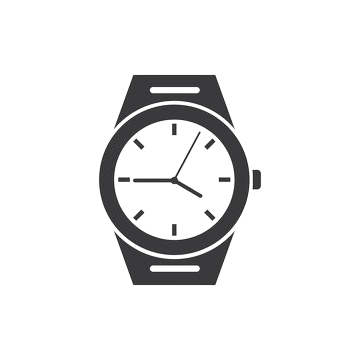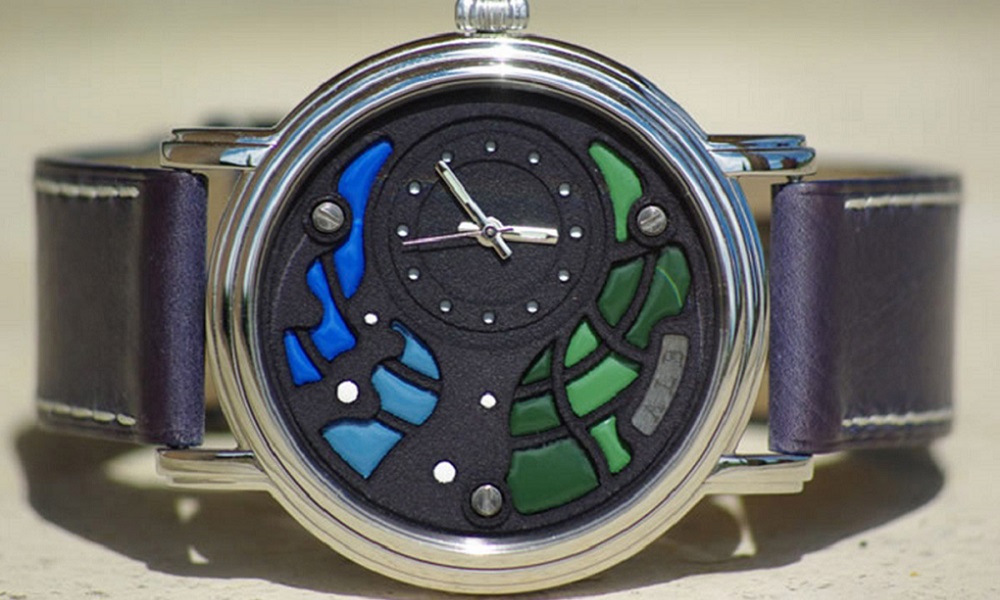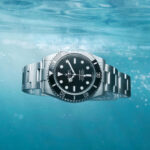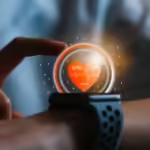How 3D Printing is Transforming Custom Watch Design and Manufacturing
3D printing has revolutionized many industries, and the watchmaking sector is no exception. By enabling rapid prototyping, customization, and innovative design solutions, 3D printing is reshaping how watches are conceived, manufactured, and personalized. Here’s a closer look at how this technology is transforming custom watch design and manufacturing.
1. Rapid Prototyping
Traditionally, creating a new watch design involved lengthy processes of manual crafting and tooling. 3D printing allows designers to quickly produce prototypes, facilitating:
- Faster Iteration: Designers can create multiple iterations of a design in a short time, testing different aesthetics and functionalities without the constraints of traditional manufacturing methods.
- Cost Efficiency: Reducing the need for expensive molds and tooling lowers costs, making it feasible for small brands and independent designers to bring unique concepts to life.
2. Customization and Personalization
Consumer demand for personalized products is on the rise. 3D printing supports this trend by enabling:
- Tailored Designs: Customers can modify existing designs or create completely unique pieces that reflect their personal style, from custom engravings to unique case shapes.
- On-Demand Production: Brands can offer customized watches without the need for large inventories, printing pieces as orders come in, thus reducing waste and excess stock.
3. Complex Geometries and Innovations
3D printing allows for intricate designs that were previously challenging to achieve through traditional methods:
- Intricate Structures: Designers can create complex geometries, such as lightweight lattice structures or detailed engravings, that enhance both aesthetic appeal and functionality.
- Integration of Functions: Watch components can be designed with integrated features, such as housings for smart technology or complex movement mechanisms, all produced as a single unit.
4. Material Advancements
The range of materials available for 3D printing is expanding, allowing for greater versatility in watch design:
- Metals and Alloys: Technologies like Direct Metal Laser Sintering (DMLS) enable the printing of metal parts, leading to durable, high-quality components that meet luxury standards.
- Polymer Innovations: New high-performance polymers offer options for lightweight, resilient, and even flexible watch parts, catering to various styles and functionalities.
5. Sustainability and Efficiency
As the watch industry moves towards sustainability, 3D printing offers several environmental benefits:
- Reduced Waste: Traditional manufacturing often results in significant material waste. 3D printing uses only the material necessary to create the final product, minimizing scrap.
- Localized Production: On-demand printing can reduce transportation emissions by allowing production closer to the consumer, streamlining the supply chain.
6. Collaborative Design Opportunities
3D printing fosters collaboration between designers and customers:
- User-Generated Designs: Platforms are emerging that allow users to contribute their designs, leading to a more community-driven approach to watch design.
- Crowdsourced Projects: Brands can launch crowdfunding campaigns to gauge interest and fund the production of unique watch designs, creating a direct line of communication with their audience.
Conclusion
3D printing is revolutionizing the custom watch design and manufacturing landscape by enabling rapid prototyping, extensive customization, and innovative design possibilities. As technology continues to advance, it promises to further democratize watchmaking, allowing brands—big and small—to create unique, high-quality timepieces that cater to the diverse preferences of modern consumers. The future of watch design is undoubtedly bright, with 3D printing at the forefront of this transformation.



